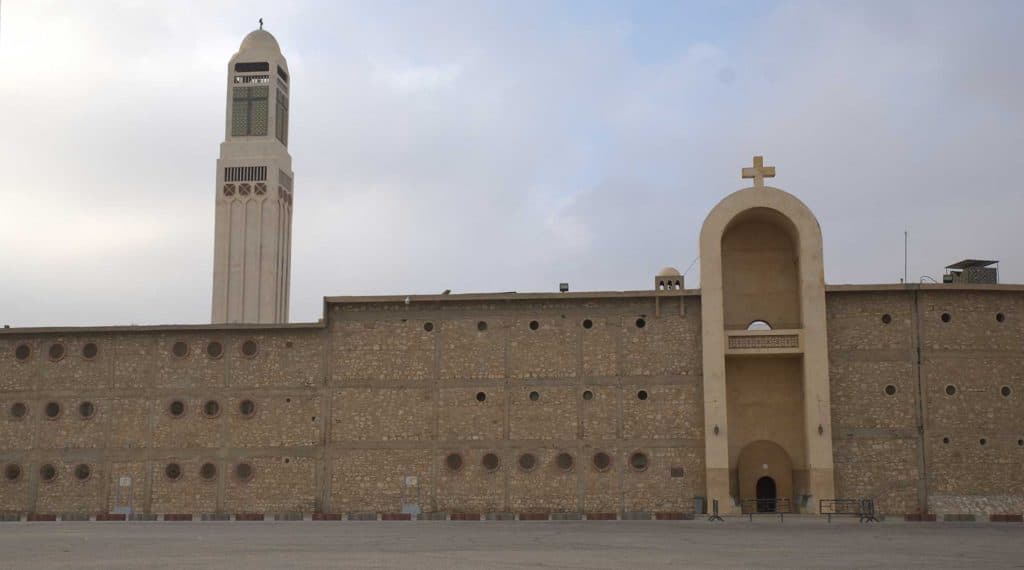 The Monastery of Saint Macarius (Dayr Abu Maqar) is the southernmost monastery in Wadi al-Natrun. It can be seen to the west from the Cairo-Alexandria desert highway about 129 kilometers from Cairo, or 86 from Alexandria. One reaches the monastery by turning into the desert at the road sign on the desert highway that points to the monastery.
The Monastery of Saint Macarius (Dayr Abu Maqar) is the southernmost monastery in Wadi al-Natrun. It can be seen to the west from the Cairo-Alexandria desert highway about 129 kilometers from Cairo, or 86 from Alexandria. One reaches the monastery by turning into the desert at the road sign on the desert highway that points to the monastery.برع لمساندة أنشطة الدير ونشكر أي مساهمة منكم مهما كانت صغيرة.
و يمكنكم التبرع لمشروع إخوة الرب وهو مشروع لمعونة الأيتام والفقراء (مشروع الملاك ميخائيل) أسسه الأب متى المسكين ويعوله دير القديس أنبا مقار.
برع لمساندة أنشطة الدير ونشكر أي مساهمة منكم مهما كانت صغيرة.
و يمكنكم التبرع لمشروع إخوة الرب وهو مشروع لمعونة الأيتام والفقراء (مشروع الملاك ميخائيل) أسسه الأب متى المسكين ويعوله دير القديس أنبا مقار.